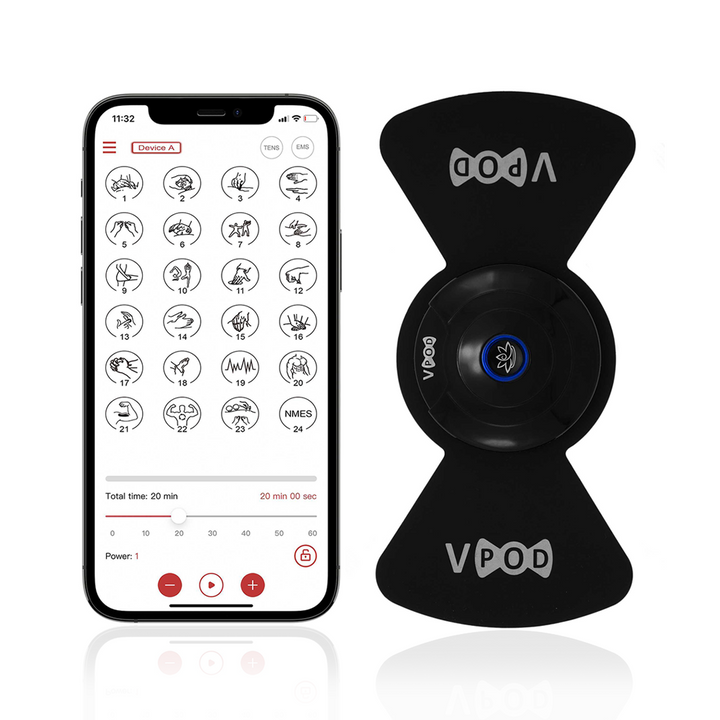While workouts like CrossFit and HIIT may look appealing, high intensity and high impact workouts aren't for everyone and may end up doing more harm than good. There are multiple stress factors that can counteract the positive effects of exercise, so if you think you may be pushing you workouts a bit too hard, this article is for you. We'll cover the aspects of an exercise routine that are beneficial, and how to know when it's time to dial it back (for both men and women).

Let me preface this with the fact that any healthy workout routine involves different degrees of intensities. Switch it up once in a while with whatever intensity you are comfortable with to keep up a sustainable routine.
Cortisol
Think of cortisol as the body's alarm system. It's a hormone that the body releases when it feels like there is any kind of stress or threat. Cortisol manages your inflammation, metabolism, blood sugar, circadian rhythm and several other bodily functions. Women have a higher sensitivity to cortisol production, and therefore have to pay more attention to how intense they're fitness regime is. Some people release lots of cortisol during high intensity exercise, which leads the body to hold on to more fat rather than use it for fuel. This is a survival mechanism since the body can perceive this stress as above average. This is why it's important to get to know how much workout "stress" your body can handle before it goes into defense mode.
Joint Impact
The health of your joints is something very important to keep in mind when deciding for workout regime. If you're a senior or have chronic joint pain, then impact is something to consider. If you have no joint issues and have a high cortisol tolerance, feel free to incorporate 1 to 2 high intensity sessions into your week, whether that's high intensity interval training, CrossFit, long distance running or sprints.
If you have weaker knees, hips, elbows, or shoulders, then stick to lighter impact activities like cycling, Tai Chi, walking, yoga and modified strength training.
Recovery
The last thing to keep in mind when training is your recovery time. If you need a long time to recover from a certain type of workout (after taking a decent amount of time adjusting to your new routine) then that is an indicator that it is creating too much stress on your body. If you need help with your recovery time, we recommend EMS technology to give your body the boost it needs. The wireless VPod has 24 different functions with adjustable intensities and EMS/TENS/NMES technology for your pain and muscle recovery needs. To learn more about the VPod, visit VPod.Life.
VPOD Wireless TENS, EMS & NMES Unit

$149.00
$175.30
Pain sets limits. You deserve to be limitless. Our VPod Wireless TENS Unit is a lightweight, portable device that will provide natural pain relief for all of your aches and pains. Break the boundaries and live a limitless life with… read more
Happy Healing!
